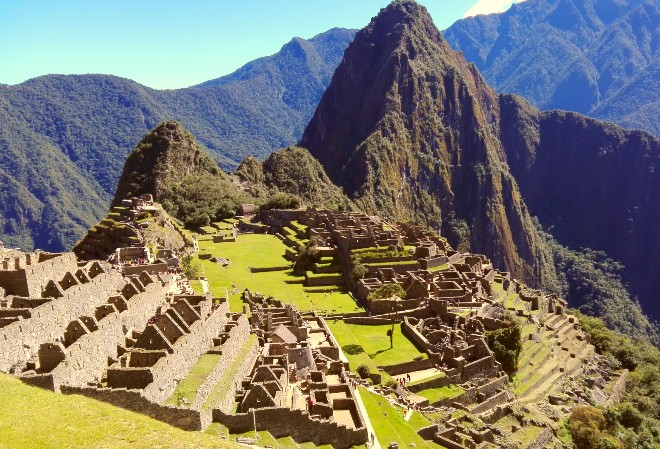The Incas, also spelled as “Inkas” or “Inka,” were an indigenous people who established one of the most powerful and sophisticated pre-Columbian empires in the Americas. They were the dominant culture in the Andean region of South America during the 15th and 16th centuries. Here’s some key information about the Incas and why they were importanInca Empire: The Inca Empire, known as the Tawantinsuyu, was the largest empire in pre-Columbian America, stretching along the western coast of South America, covering parts of present-day Peru, Ecuador, Bolivia, Chile, and Colombia. It was founded in the early 15th century and reached its zenith in the mid-16th century.
Capital: The Inca capital was Cusco, a city in modern-day Peru. It was the political, administrative, and religious center of the empire.
Engineering and Architecture: The Incas are renowned for their remarkable engineering and architectural achievements. They built intricate road systems, including the famous Inca Trail, which connected their vast empire. Their architectural marvel, Machu Picchu, is a UNESCO World Heritage Site and an iconic symbol of Inca civilization.
Terraced Agriculture: To support their large population, the Incas developed terraced agriculture, which involved carving agricultural terraces into the sides of mountains. This allowed them to grow a variety of crops at different altitudes.
Administrative System: The Incas had a highly organized administrative system, with a central government that collected taxes, conducted censuses, and managed resources efficiently. They used a system called “quipu” to record information through a series of knotted strings.
Social Hierarchy: Inca society had a hierarchical structure with the Sapa Inca (emperor) at the top. The society was divided into nobles, commoners, and slaves.
Religion: The Incas practiced a polytheistic religion, with the worship of various deities, including the sun god Inti. They believed that the Sapa Inca was the divine representative on Earth.
Communication: The Incas did not have a writing system but relied on oral tradition and the quipu for record-keeping. Their system of relay runners, known as “chasquis,” allowed for rapid communication throughout the empire.
Decline: The Inca Empire came to an abrupt end with the arrival of Spanish conquistadors led by Francisco Pizarro. In 1532, the Inca ruler Atahualpa was captured and later executed, marking the beginning of the Spanish conquest of the Inca Empire.
The Incas were important because they created a vast and sophisticated empire that left a lasting legacy in terms of their advanced engineering, agriculture, and organizational skills. Their achievements and cultural contributions continue to be studied and celebrated in the modern world, and their archaeological sites, such as Machu Picchu, draw visitors from around the globe.
#TableofClay#EthnicArt#EthnicFurniture#Culture#UniqueDecor#Sustainable






Leave a comment